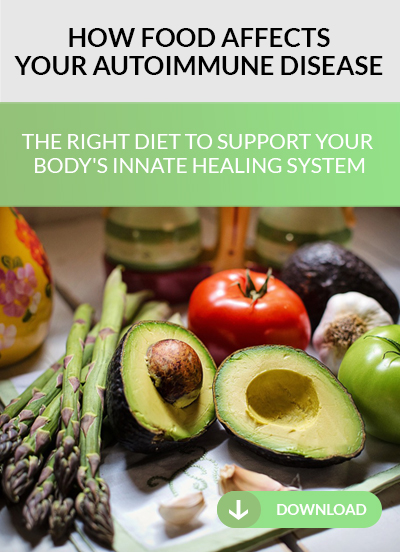For years, we’ve been taught that eating whole grain foods – from bread to pasta – builds good health.
We also learned that whole grains are a lot better than refined versions: they contain more vitamins and a lot more beneficial fiber. Many would say there is more flavor to enjoy as well.
Recently however, it appears wheat has gone out of style. Everywhere you look, there are gluten-free products. When you go out to dinner, many restaurants label which meals are gluten free. We now have the option to buy a gluten-free pizza for the birthday party, or gluten-free snacks for soccer practice.
How did we get from whole wheat to no wheat and why did it happen so quickly?
There is more than one reason but one thing is very clear: the wheat people ingest today is making them sick. Research shows the wheat products we now consume are very different in terms of their genetic make up than the wheat consumed 200 years ago. This is hard on the digestive system and many people go gluten free to avoid the health problems associated with wheat including bloating, diarrhea and malabsorption.
Everything about wheat has been changed including how we grow it, process it, and eat it.
In the 1870’s, the modern steel roller mill was created making grain milling faster and more efficient, and also allowed separation of the parts of the kernel. This is where our white flour came from. At that time it was easily produced at low cost so that every class of person could now afford the modern, “fancy flour.” This flour was also easier to ship and store, and pests didn’t want it. This “fancy flour” was stripped of its nutrients, including proteins, vitamins, lipids, and minerals. Within 10 years of the modern steel roller mill, nearly all mills in the west were replaced.
In the 1950’s-60’s there was another big change: the development of high yielding varieties of grains, hybridized seed distribution, synthetic fertilizers and pesticides. This was coined the “Green Revolution” and it was started by a man named Norman Borlaug who was awarded the Nobel Peace Prize for saving one billion lives. The endeavors to end world hunger were well recieved and were swept around the world by companies like Dupont and Monsanto. It wasn’t until years later that some unforeseen consequences were discovered.
Quoting Dr. William Davis, author of Wheat Belly, “this thing being sold to us called wheat, ain’t wheat. It’s this stocky little high-yield plant, a distant relative of the wheat our mothers used to bake muffins, genetically and biochemically light-years removed from the wheat of just 40 years ago…”
This brings us to the present where research links eating wheat to chronic digestive disorders, and not just in people diagnosed with celiac’s disease or gluten sensitivity. Many people report they feel better when they avoid wheat and choose to be mainly gluten free. The food industry has responded.
So, is wheat still good for you? There is a lot of debate on this. One thing is for sure, if you are going to eat wheat, look for organic, non-GMO stone ground whole meal flour. This contains the whole grain with the germ crushed into the flour. Buy it fresh as it will taste best and be the most nutritious. Look for the same things in the bread and other products you buy.
Whether you choose to eat wheat or be gluten-free is a personal decision. But with the rise of chronic GI ailments, the choice of eating wheat-free won’t be going away any time soon because of the health benefits it can bring.






0 Comments